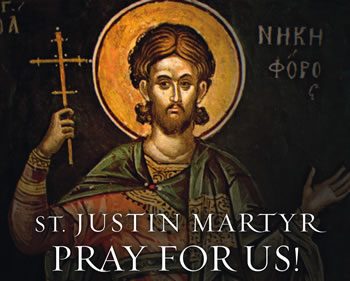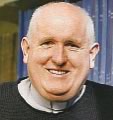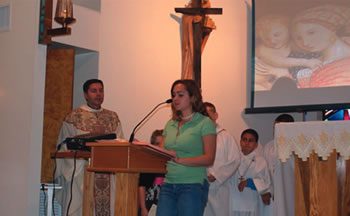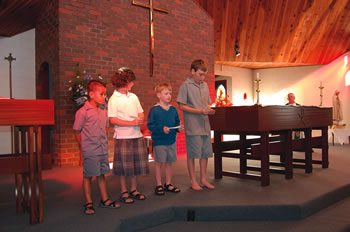The Prayer of the Faithful
The sacrament of Baptism produces a variety of effects in the person receiving the sacrament. The Catholic Catechism declares,
‘Holy Baptism is the basis of the whole Christian life, the gateway to life in the Spirit, and the door which gives access to the other sacraments. Through Baptism we are freed from sin and reborn as sons of God; we become members of Christ, are incorporated into the Church and made sharers in her mission’ (CCC 1213).
One aspect of becoming members of Christ is that we share in Christ’s priesthood and are able to participate fully in the liturgy, which at the most fundamental level is the action of Christ bringing the world to God the Father. Baptism enables us to pray as Christians and we begin and end our prayers with the same words said over us in Baptism: ‘In the name of the Father and of the Son and of the Holy Spirit.’
In the Rite of Christian Initiation of Adults the catechumens are encouraged to come for Mass on Sundays, but to leave after the homily. Until they are full members of the Church they do not join in with the Liturgy of the Eucharist, nor do they share in the Prayer of the Faithful, for it is the sacrament of baptism which makes you one of ‘the faithful.’ It is once you have been conformed to Christ in the first sacrament that you join him in praying for the world.
St Justin Martyr, writing in the middle of the second century, described it in these terms: ‘after we have thus washed him who has been convinced and has assented to our teaching, bring him to the place where those who are called brethren are assembled, in order that we may offer hearty prayers in common for ourselves and for the baptised person, and for all others in every place’ (First Apology, 65).
The General Instruction puts it like this:
In the Universal Prayer or Prayer of the Faithful, the people respond in some sense to the Word of God which they have received in faith and, exercising the office of their baptismal priesthood, offer prayers to God for the salvation of all. It is desirable that there usually be such a form of prayer in Masses celebrated with the people, so that petitions may be offered for holy Church, for those who govern with authority over us, for those weighed down by various needs, for all humanity, and for the salvation of the whole world (General Instruction of the Roman Missal, 69).
As Christ is priest, prophet and king, so in our baptism we become part of the priestly, prophetic and kingly people of God. The priestly task is to intercede, to pray for the world, and we do this very explicitly in the Prayer of the Faithful.
The standard set of intentions for the prayers is:
a. for the needs of the Church;
b. for public authorities and the salvation of the whole world
c. for those burdened by any kind of difficulty;
d. for the local community.
The mnemonic I was taught for that is CWOC – being Church, World, Oppressed, Community.
There are events, like weddings, where the intentions are more focussed on the occasion.
The General Instruction advises that the intentions should be sober, composed with a wise liberty and in few words. Sobriety is to be expected in liturgy, it is not an opportunity for humour, and brevity is always appreciated, but the phrase that strikes me is ‘wise liberty.’ I understand that as meaning that the intentions of the prayers should not be too restricted, they should be intentions that all or most people can identify with and will happily pray for. We should not pray with partiality – that our district will win the rugby competition, or with too much particularity – that my aunty be cured of her complaint. The prayers should not be news items, nor rants.
One person speaks the prayer, but we all join in with it, and implicitly agree with it, by standing for the prayers and reciting the response ‘Lord hear our prayer,’ or the like, at the end of each intention. So it should be a prayer of the entire community.
The Prayer of the Faithful is one part of the liturgy which was an innovation in
the Mass of Paul VI, introduced after the second Vatican Council. That Council had instructed ‘Other parts [of the Mass] which suffered loss through accidents of history are to be restored to the vigour they had in the days of the holy Fathers, as may seem useful or necessary’ (Sacrosanctum Concilium, 50).
St Justin Martyr’s writings, among others, had witnessed to this prayer but it had dropped out of use over the centuries. There was a strange vestige of it in the Tridentine Rite where the priest said ‘Dominus vobiscum’ (‘The Lord be with you’) and ‘Oremus’ (‘Let us pray’) followed by no particular prayer!
In our time, we get a chance to join our prayer to that of Christ in the liturgy in general and, in the Prayer of the Faithful, in a very explicit fashion. Such a privilege should not to be taken lightly. 



 Entries(RSS)
Entries(RSS)